detail profile arthur rigby
Peran Yang Di Mainkan Arthur Rigby
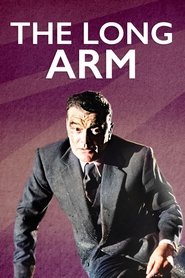 Scotland Yard detectives attempt to solve...
Scotland Yard detectives attempt to solve...The Long Arm 1956
Scotland Yard detectives attempt to solve a spate of safe robberies across England beginning with clues found at the latest burglary in London. The film is notable for using a police procedural style made popular by Ealing in their 1950 film The Blue Lamp. It is known in the US as The Third Key.
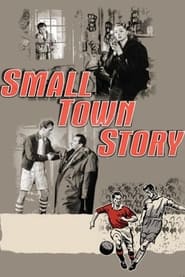 Canadian exserviceman Bob Regan returns to...
Canadian exserviceman Bob Regan returns to...Small Town Story 1953
Canadian ex-serviceman Bob Regan returns to Oldchester, the English town where he was posted during the war. Meeting up with his friend Mike, now manager of the local football club, he discovers that Oldchester are desperate for promotion as they stand to inherit £25,000 from recently deceased supporter Wallace Hammond if they make the Third Division a situation that Hammond's devious nephew finds intolerable...
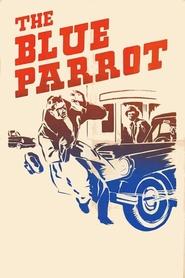 Rocks Owen the welloff owner of...
Rocks Owen the welloff owner of...The Blue Parrot 1953
'Rocks' Owen, the well-off owner of a car-hire business, is found murdered; the last place he was seen alive was the Blue Parrot nightclub. Scotland Yard go in to investigate, with the help of a visiting American detective and a nightclub hostess who may not be all she appears to be.
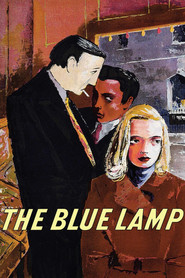 PC George Dixon is a longserving...
PC George Dixon is a longserving...The Blue Lamp 1950
P.C. George Dixon is a long-serving traditional copper who is due to retire shortly. He takes a new recruit under his aegis and introduces him to the easy-going night beat. Dixon is a classic ordinary hero but also anachronistic, unprepared and unable to answer the violence of the 1950s.
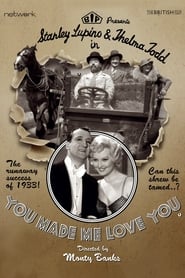 A rich American businessman in London...
A rich American businessman in London...You Made Me Love You 1933
A rich American businessman in London makes believe he's lost all his money so that his daughter will marry a composer.
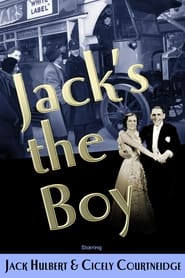 With a title like Jacks the...
With a title like Jacks the...Jack's the Boy 1932
With a title like Jack's the Boy, is it any surprise that the star of this breezy quota quickie is British music-hall favorite Jack Hulbert? The star plays the son of a celebrated Scotland Yard detective, who joins the force in hopes of following his father's footsteps. Unfortunately, Jack is something of a screw-up, and before long he has become the laughing stock of the force.
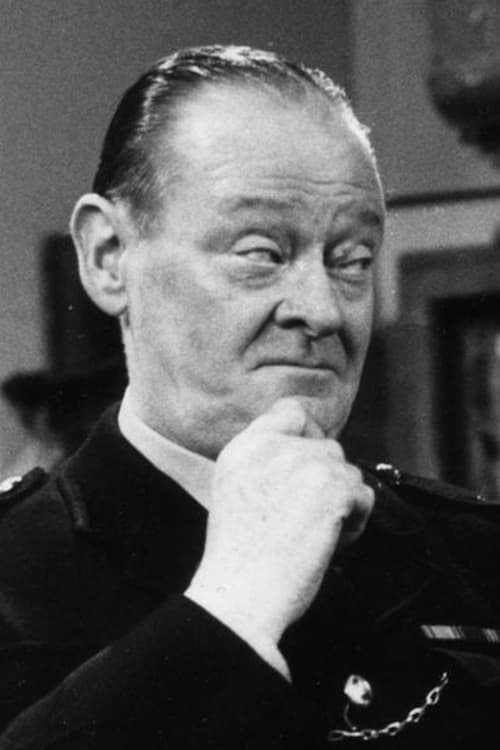
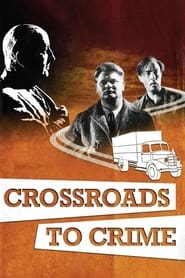 Crossroads to Crime is about the...
Crossroads to Crime is about the... Newspaper reporters compete with London police...
Newspaper reporters compete with London police...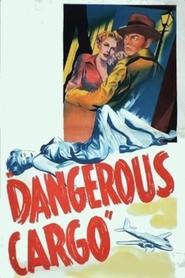 Inspired by the real events of...
Inspired by the real events of...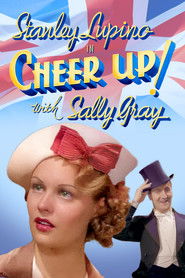 An impoverished team of composer and...
An impoverished team of composer and...